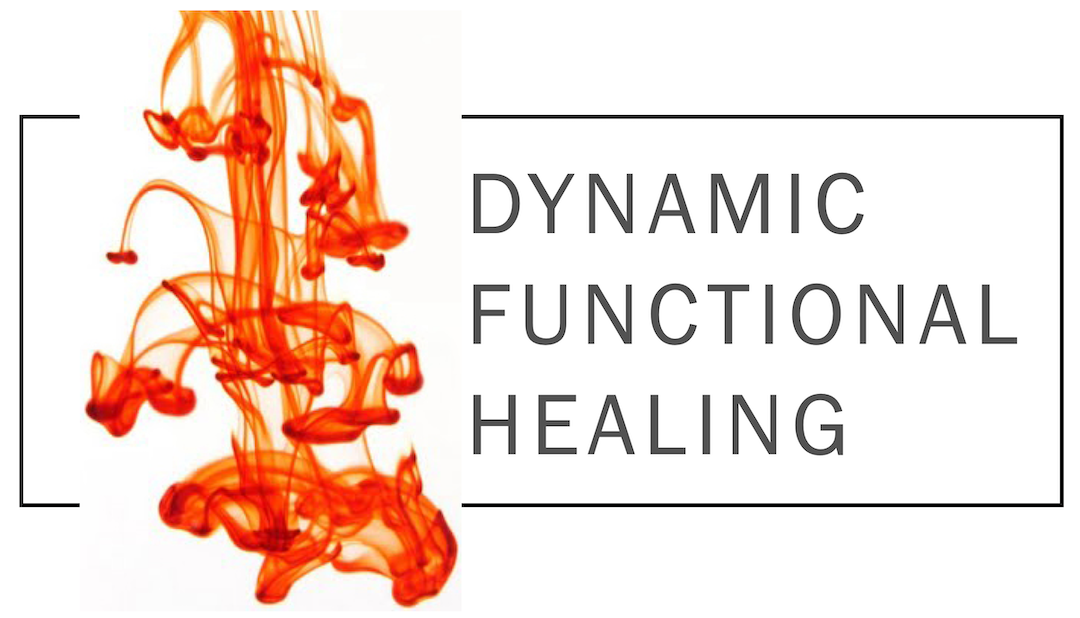Mammograms are dangerous; they subject patients to radiation in tissues that are susceptible to cancers and they are notoriously difficult to read—practitioners will diagnose the same mammogram differently or one practitioner will give a single picture different diagnoses on separate readings. They hurt and they have a relatively higher number of false positives.
A review of seven similar studies last year concluded that 30 percent of women who get a diagnosis of breast cancer through mammography screening represent "over-diagnosis and over-treatment." [1]
Thermography is a superior alternative, in my opinion. Digital Infrared Thermal Imaging (DITI) reads the heat emanating from the body. Tumors and pathological tissues radiate more heat than normal tissues. This allows for earlier detection than both manual exams (whether self employed or from a doc) and mammograms. It does not subject patients to harmful radiation and it doesn't hurt. Usually a woman has two initial thermograms done, several months apart, in order to establish a baseline. This makes it much easier to detect abnormal changes from her individual pattern of heat distribution.
Thermography's accuracy and reliability is remarkable, too. In the 1970s and 1980s, a great deal of research was conducted on thermography. In 1981, Michel Gautherie, Ph.D., and his colleagues reported on a 10-year study, which found that an abnormal thermogram was 10 times more significant as a future risk indicator for breast cancer than having a history of breast cancer in your family.[2]
Thermography detects pathological changes in tissue well before cancer appears so that patients can initiate lifestyle changes and less invasive treatments. It is particularly useful for women with fibrotic or dense breast tissue who experience higher rates of mammogram errors. And, actually, it's not just for breasts. Abdominal/pelvic scans are available as well as more costly and time-consuming whole-body scans.
The most surprising part? It's FDA approved and "recognized as a viable diagnostic tool since 1987 by the AMA Council on Scientific Affairs, the ACA Council on Diagnostic Imaging, the Congress of NeuroSurgeons in 1988 and in 1990 by the American Academy of Physical Medicine and Rehabilitation." [3]
So how is it that so many people have never heard of thermography? Learn more about it at Picture My Health.
